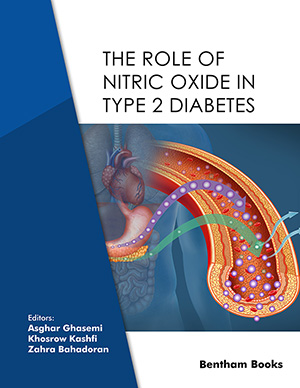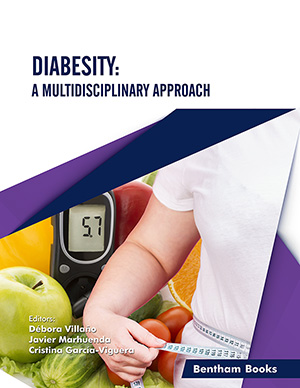
Abstract
Misfolding of newly formed proteins not only results in a loss of physiological function of the protein but also may lead to the intra- or extra- cellular accumulation of that protein. A number of diseases have been shown to be characterised by the accumulation of misfolded proteins, notable examples being Alzheimers disease and the tauopathies. The obvious inference is that these proteinaceous deposits are pathogenic features of the disease. However, systems such as the unfolded protein response and ubiquitin-proteasome complex are in place in the cell to target misfolded proteins for degradation and clearance. Evidence suggests that in disease states, these protein-handling systems may be overwhelmed and the misfolded proteins accumulate as either extracellular deposits (eg. senile plaques in Alzheimers disease) or intracellular inclusions (as in Lewy bodies in Parkinsons disease). These accumulations may be the direct cause of the particular pathology associated with the diseases or they may be inert “packages” designed to protect the cell from toxic insult.
Keywords: Protein, proteinaceous, toxic
 1
1









